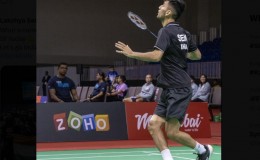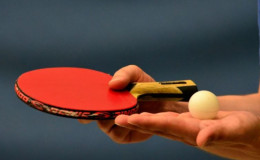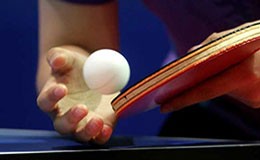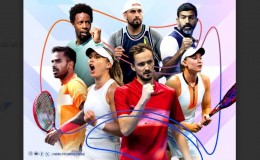What till the fourth edition just looked an entertainment package, where people flocked to see their favourite Bollywood stars and players (loyalty to their city-based regional teams getting a complete thumbs down), seems to have changed with the fifth edition. The celebration going around in Kolkata after Knight Riders win on Sunday have busted the notion of IPL being just an entertainment. The very motive of IPL – money (which was already from the very first edition) and loyalty of fans seem to have been achieved with the Kolkatans going crazy with the KKR’s win.
With the end of fifth edition of the league, IPL is even a bigger brand now. With world’s best players on stage in one tournament, one gets to witness some outstanding cricket. People were there for a treat for 54 days and with the loyalty trend being set by the Bengalis for their team will definitely usher in a new era where it’s just won’t be entertainment but a proper support and encouragement for a team of their city and region.
In just five years, IPL has changed the way world played cricket. A complete entertainment package, stacked with lots and lots of money, it has become the first choice of the players and management -- though they might not agree on face. It’s not just about cricket, it’s cricketainment with the added flavour of loyalty from the fan base which will go a long way in globalising the game of the former British Empire just like the EPL.
The ‘Manoranjan Ka Baap’, as the Indian Premier League was touted at its onset, is here to stay. When led by Lalit Modi, BCCI conceived the idea of Indian Premier League (IPL) in order to counter the ‘Rebel’ Indian Cricket League some five years ago, critics rubbished it as a farce -- a means to sooth the bruising egos of the officials at helm. But what followed is history. IPL has grown by leaps and bounds overs the years.
The resounding success of IPL made its critics eat a humble pie. Even before the first ball was bowled, they had started complaining about the lack of passion owing to the identity and had started questioning about the very format (the Twenty20 version) which they thought would take away the shine off the gentleman's game. But contrary, the shortest version of the game played under floodlights initially by eight teams (and now nine in 2012) owned by some resounding personalities was a perfect admixture of a super-hit script that took the nation by storm.
The timings of the matches were perfect that even allowed the office-goers to come back home and spend time watching the three-hour show either at home or with their near and dear ones in the stadium. The tournament was more than the game called cricket. It was a perfect blend of sports and entertainment. It enlivened the game with laser shows, movie stars and cheerleaders and that attracted the crowd which in turn increased its TRPs and the sponsors. Less time and more fun was its motto. It has nearly changed the crowd pattern thronging the stadiums where even a housewife didn't find it difficult to spare a few hours for the sake of their children.
Meanwhile, IPL also continued to give its players and supporters a chance to show themselves in a more sympathetic light. It proved to be the best place to dispel all notions and bust all myths. It succeeded in enhancing brotherhood among the players assembled from all parts of the world. Or else how can one comprehend Shane Warne carousing with Graeme Smith, once a bitter enemy or for that matter Sourav Ganguly leading Ricky Ponting and a Shoaib Akhtar or Virender Sehwag leading Glenn McGrath.
It was a super-hit from the very beginning. The mega-show made the Indian Cricket Board richer by billions and the players by millions. It set a new precedent to the gentleman's game. It is difficult to recall whether any tournament before had such an inscrutable, incomprehensible course as the IPL and perhaps, this is what accentuates the mystique of the Twenty20 format, which makes you expect the unexpected.
By Indian Sports News Network








